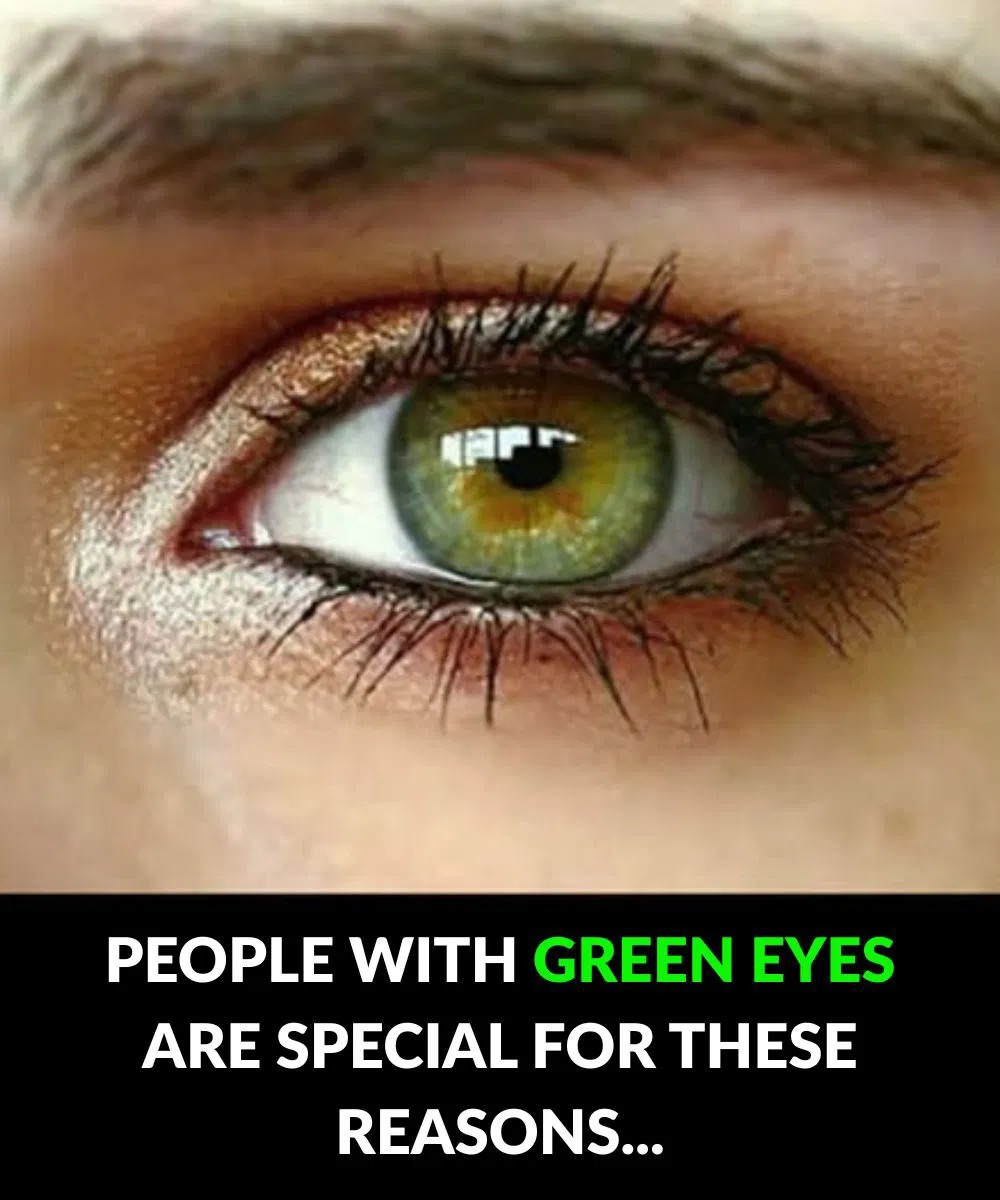Green Eyes: The Magnetic Mystery Behind the World’s Rarest Gaze
Have you ever found yourself lost in someone’s green eyes—unable to look away, like you’ve just seen something otherworldly? You’re not imagining things. Green eyes are not just beautiful; they’re scientifically rare, culturally significant, and filled with secrets hidden in their depths.
Only around 2% of the global population has green eyes, making them more elusive than blue or brown. And that rarity is just the beginning.
Let’s take a deeper look into why green eyes have fascinated people for generations—and why those who have them are often remembered long after they’ve walked away.
1. Rarer Than Diamonds: The Stats Behind the Sparkle
You’ve likely heard that green eyes are rare, but most people don’t realize just how rare. Globally, fewer than 1 in 50 people have green eyes. They are most commonly seen in individuals of European descent, particularly in countries like Ireland, Scotland, Germany, Hungary, and Iceland.
Their rarity instantly makes them stand out, and in a world where most eyes are brown, a flash of green feels exotic—something you notice without even trying.
Think of green eyes like natural gemstones—precious, unique, and unforgettable.
2. Green-Eyed Gaze: A Natural Spell
What sets green eyes apart isn’t just the color. It’s the way they seem to glow, reflect, and change throughout the day. In dim lighting, they might appear deep and mysterious; in bright sunlight, they shimmer with golden or jade highlights.
This variability comes from the way light reflects through the iris and interacts with small amounts of pigment, giving green eyes a dynamic, ever-shifting quality. People often describe green-eyed individuals as “intense” or “magnetic”—and science backs that up.
According to color psychology, green is associated with balance, growth, and curiosity—traits we subconsciously associate with people who have this rare eye color.
3. The Sensitivity You Didn’t Expect
Behind the allure of green eyes lies a built-in vulnerability. Due to their lighter pigmentation, green eyes have less melanin, the natural substance that protects our eyes from UV rays.
What does this mean?
- Green-eyed individuals may be more sensitive to bright sunlight and glare.
- They’re more likely to experience light-related eye strain or discomfort outdoors.
- Long-term UV exposure can increase risks of certain eye conditions like cataracts or macular degeneration.
If you have green eyes, it’s wise to invest in polarized, UV-protective sunglasses and avoid prolonged exposure to intense light without protection.
4. A Dark History: From Beauty to Suspicion
Today, green eyes are often considered seductive and alluring—but that wasn’t always the case.
In medieval Europe, women with green eyes were sometimes accused of witchcraft. This prejudice wasn’t based on logic—it was fueled by superstition and fear of the unknown. When green eyes were combined with another rare trait, like red hair, suspicion often turned into persecution.
While we’ve thankfully moved past those times, the mythic quality of green eyes still lingers. What was once feared as “supernatural” is now admired for its mystique.
5. Ancestry in Your Eyes: A Genetic Legacy
Genetic studies suggest that green eyes may have originated as far back as the Bronze Age—making them not only rare, but ancient. They are often found among people with Celtic, Germanic, or Northern European ancestry, which helps explain their concentration in those regions today.
If green eyes run in your family, they are more than just a beautiful trait—they are a visible connection to ancestors who lived thousands of years ago. This type of inheritance gives green eyes historical depth, a living genetic timeline you carry around in every glance.
6. Genetics in Motion: How Green Eyes Are Made
Unlike brown eyes, which are rich in melanin, or blue eyes, which reflect light in a specific way, green eyes are the result of a delicate balance between low levels of melanin and a subtle presence of other pigments.
In genetic terms, eye color isn’t determined by a single gene—it involves multiple genes working together. Green eyes often occur when someone inherits one gene for blue eyes and another that carries brown pigment. The mix creates the green hue, with countless variations—some more hazel, others more emerald.
This means every set of green eyes is one-of-a-kind, the result of a complex interaction of inherited traits that make you uniquely you.
7. Alive with Color: Green Eyes Change with the Light
One of the most fascinating traits of green eyes is their ability to subtly shift in color depending on your surroundings, clothing, mood, and lighting.
- Overcast skies might bring out hazel or gray undertones.
- Bright sunlight can turn green eyes dazzling gold or sea-glass green.
- The right shirt or makeup can amplify the green even further.
This phenomenon occurs due to the way light interacts with the stroma, the front layer of the iris. It scatters the light, revealing different tones depending on angle and intensity.
It’s no exaggeration to say that green eyes can seem to come alive—an ever-changing reflection of the world around them.
Final Thoughts: The Story Behind Every Glance
People with green eyes don’t just have a rare color—they carry with them a blend of mystery, biology, and history. From ancient genetic roots to modern beauty standards, green eyes have fascinated, startled, and inspired people across centuries and cultures.
If you’re one of the lucky few who have green eyes—or know someone who does—take a moment to appreciate the story within them. Their beauty isn’t just skin deep; it’s tied to centuries of evolution, culture, and curiosity.
So next time you catch a glimmer of green across the room, don’t be surprised if you can’t look away. Some things are meant to be rare—and unforgettable.

